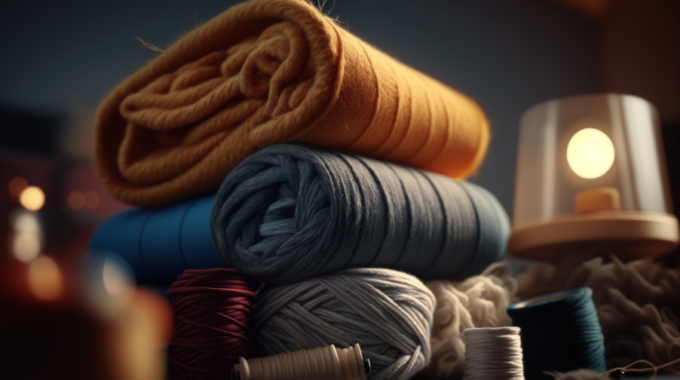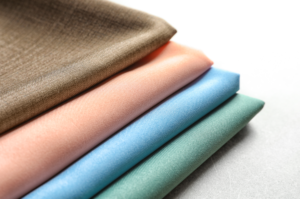In the realm of fabrics, there exists one that reigns supreme in terms of elegance,…

5 Sustainable Fabrics for Responsible Shopping
 The power of media combined with woke customers form a solid movement that can revolutionize multiple industries to work towards a greener and safer future. This awareness has significantly reduced child labour and various such malpractices. Everyone was asking, “Who made my clothes?” following the child labour issues. And now, it is time to ask, “What are my clothes made of?”
The power of media combined with woke customers form a solid movement that can revolutionize multiple industries to work towards a greener and safer future. This awareness has significantly reduced child labour and various such malpractices. Everyone was asking, “Who made my clothes?” following the child labour issues. And now, it is time to ask, “What are my clothes made of?”
It is crucial as a customer to understand the basics of the fabrics that we are wearing. The materials that are used to make clothing can affect the environment significantly. Various elements in the processing of these materials have an impact on nature. The damages can be on either one or more stages of processing. We need to start asking, “what are some sustainable fabrics that we can buy to make our contribution to the environment?”
The sourcing stage: If the raw materials are sourced with deforestation, unsustainable methods of farming, or petroleum drilling, it will have a negative impact on the environment and thus, the material cannot be considered sustainable.
Material processing: No material is used readily. They need to be processed to make them wearable. If these processes include bleaching using harsh chemicals, that cannot be the best in nature. The waste generated can be harmful if disposed carelessly.
The disposal: The final stage is the most common way of hurting the environment. There have been various campaigns launched to promote safe disposal of items. But have they been heard? The United States alone records textile waste of 15 million tonnes annually.
At Anil International, we deal in the top 5 most sustainable fabrics that allow us to do our part right in bringing a cleaner and greener tomorrow.
1. Organic cotton
It is one of the natural fibers in the industry. It is grown with no pesticides and requires 88% less water. It also saves energy and hence, it is quite a sustainable choice. Not only that, it also requires less chemicals in the agricultural stage of production which prevents the soil and land from deteriorating. It mainly requires natural fertilizers which doesn’t ruin the soil. Thus, sustainability is also in saving the land which lives longer and healthier for better produce.
2. Recycled cotton
Natural and recycled materials are usually the most sustainable ones. They help in clearing out the post-consumer or post-industrial waste and put it to good use instead of dumping them. This allows us to avoid harmful practices like chemical bleaching in some cases. In most cases, pre-consumer waste is used more for recycling as compared to post-consumer waste. However, brands are now putting efforts into single-fiber clothing so that post-consumer waste can also be recycled effectively.
3. Recycled polyester
Plastics have been a great threat to the environment as such. Recycling them gave us an opportunity to turn it into something useful. Recycled Polyester (rPET) comes mainly from used plastic bottles. RPETs are quite versatile and can be used for various purposes.
4. Hemp
This is one of the top sustainable options for the plant, requires less water, no chemicals or fertilizers to grow, and even benefits the soil. It is even a durable fabric. It is even biodegradable and thus, can be composted after use. Since it doesn’t use heavy chemicals in the production process, it is an ideal choice with people who are sensitive to such elements in their clothing. Hemp in every way is an ideal element for sustainability.
5. Linen
Linen is considered to be the most sustainable fabric in the world. Living up to its impression, this soft and light-weighted fabric grows from a flax plant that doesn’t need too much water or fertilizers just like the Hemp crop. The only limitation is that it grows under certain conditions (mostly Europe) only unlike Hemp that grows in high quantities. That makes it luxury but not any less sustainable.
Follow us on LinkedIn for more updates



